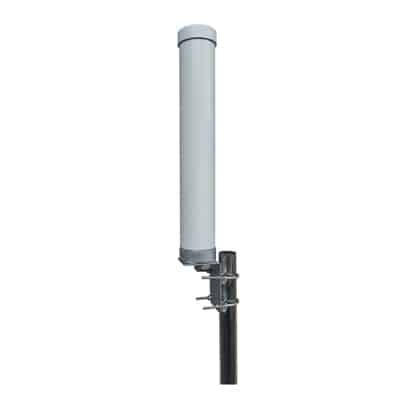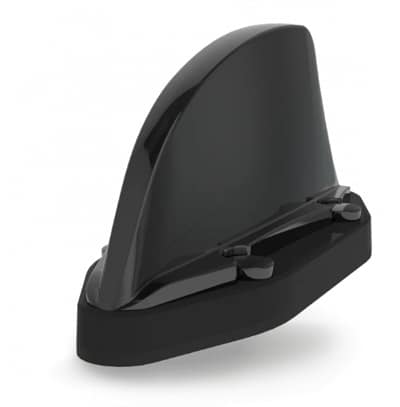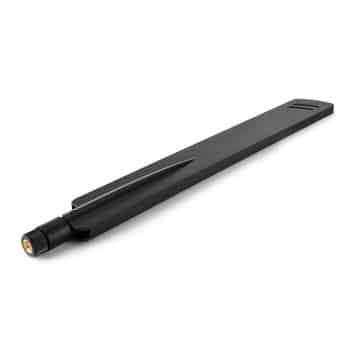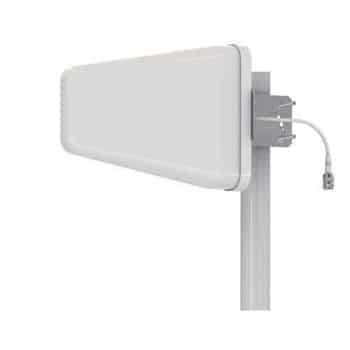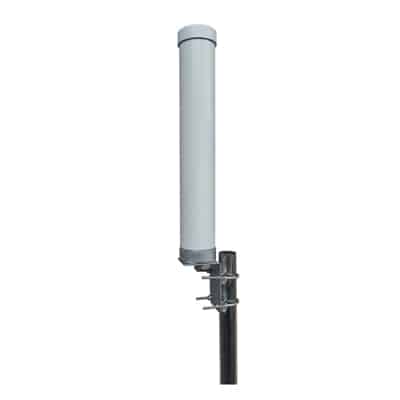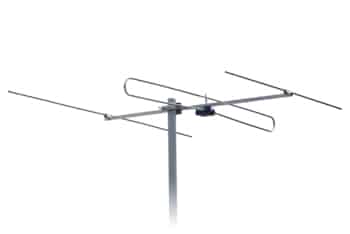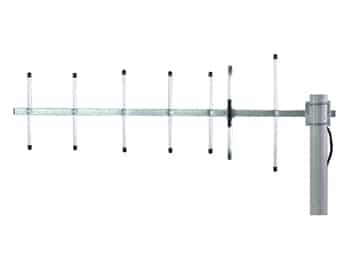A wireless bridge is a device that connects the two access points or the LAN segments by using infrared or microwave transmission. It connects the two different wireless networks that are separated by distance. In a wireless bridge one endpoint act as a master and the other end act as a slave. In a wireless bridge, the master node determines the frequency of the client side and the link established. A wireless bridge is only directional between points A and B, as opposed to an access point, which provides service to numerous endpoints or devices in a spread of 30 to 360 degrees. They are suitable for many different connectivity options because they may be used across small (a few meters) and long (miles) distances. Most of the wireless bridges are directional but some wireless bridges also transmit the signal in 360 degrees.
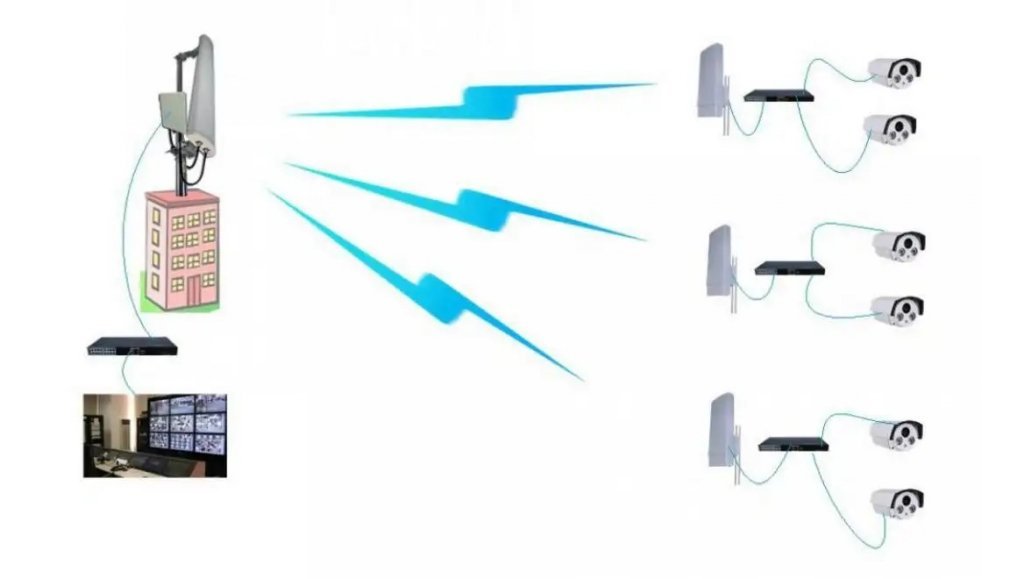
Wireless bridges are mostly used where the distance between the two connections is very high. To provide the connection over a long distance, devices need to have specific RF energy. The wireless bridge supports the specific value of the RF energy so that’s why wireless bridges support the connection over the long distance. By using the wireless bridge you can send your voice over a long distance. On the other hand, if you are having trouble hearing someone who is quite a distance away from you, you can decide to cup your hands around your ear in their general direction. This enables you to tune out background noise and concentrate on the person speaking to you. This is exactly what a wireless bridge is.
Wireless bridges mostly support the layer 2 connections over the LAN. If the Link is layer 2 it means it directly connects with the switch. The same Subnet will be used on both ends of the link. The majority of wireless bridges should be handled just like a long Ethernet connection. It doesn’t matter what IP addresses you give the radio units at either end of the link; the link will still function. You might not be able to log into them to administer the link if the IP address is not correct.
Some wireless bridges operate on radiofrequency called radiofrequency bridges and some wireless bridges operate on microwave called microwave bridges.
Table of Contents
ToggleRequirement
Line of sight is the most important factor in the wireless network. Wireless bridges also operates on the correct line of sight. If the line of sight is correct then the wireless bridge gives full output. You must use the lower frequencies for links that are non-line of the site or near the line of the site. Lower frequencies have longer wavelengths and are therefore more effective at bypassing the barriers easily. A frequent misunderstanding about non-line of sight is that many people think that it is possible to install a wireless link whose Fresnel Zone is blocked by substantial structures. The link is usually lost, but occasionally wireless signals from nearby buildings may use the multipath, making it feasible to establish a weak link with a lower data rate.
Features of wireless bridge
- Wireless bridges also support the wifi6. The new Wireless comes with the latest technology that supports all the advanced features that come in the network devices.
- As smartphones, tablets, laptops, and other devices use wireless networks, nowadays wireless bridges not only make for the coverage but also have a large capacity in order to process data in large amounts.
- You must implement wireless bridges that have a high capacity load balancing feature because the growing demand for wireless infrastructure is increasing its importance. This implies that the system actively switches users from one access point to another when one access point is overloaded, based on the capacity that is available.
- Wireless bridges operate on both types of frequency. It has the ability to communicate with both 2.4 GHz devices and also with devices that operate on 5 GHz frequency.
- Wireless bridges cover indoors as well as outdoors.
- Wireless bridges also have the ability to measure the performance of the overall network.
- Wireless bridge operates on wide range of frequencies.
- The wireless bridge operates on 3GHz, 2.4GHz, 5GHz, 38MHz, 60GHz, 70GHz and 80 GHz and supports up to 1GB of data under the different frequencies range.
What can Tesswave do for you?
Tesswave provide 100+ antenna products and you can contact us for antenna customized solutions, get in touch with us today to get a Free quote.
Get an Instant Quote
Get a FREE quote and we will contact you within an hour
Why do we use wireless bridges?

As shown in the figure there are two buildings in the image. The network is located in the first building. So there is two option rather we use internet cable to connect both buildings by investing a large amount and the other option we use wireless bridges on both sides of the buildings and connect both buildings by using wireless technology. It is less expensive compared to the wired network. So most of the companies prefer wireless bridges over wired networks because it’s less expensive.
How it Works?
In Layer 2 wireless bridges use the two access points as bridge ends. The bridge can connect to a remote location by wireless technology or another building as long as there is a clear RF line of sight between the access points and the distance is within the range of the access points. When a wireless bridge is operated, an access point acting as a bridge endpoint collects packets from the wired port and sends them to the other bridge endpoint. To avoid sending unnecessary packets across the bridge, a simple source-destination learning mechanism is used. It sends different amounts of data under different frequency ranges because it supports multiple ranges of frequencies. It supports all the wireless standards that are generated by IEEE.
Advantages of the wireless Bridge:
- It performs the role of a repeater to help a network grow. A repeater is a network component used in networks to expand their coverage area.
- It helps prevent bandwidth wasting.
- The network’s length is increased when a bridge is used.
- Multiple network transmission segments can be connected via bridges.
- Networks using different media types and architectures can be connected by other kinds of bridges.
- By splitting network traffic into network communications, bridges reduce network traffic.
- A computer network’s collision rate can be decreased through bridges.
Conclusion
Wireless Technology makes big changes in the world of the internet. Wireless Technology also reduce cost. As wireless technology is inexpensive so most of companies use wireless technology. Most of the wireless bridges are used in industries, schools, universities, and government, and also used by the transport industries. So the demand for wireless bridges also increases as wireless technology grows.

